It’s not just tumbleweeds and dust storms that sweep across the Texas Panhandle. It is also a popularly traveled route for road trippers heading west and offers the kind of weird roadside stops that families have come to love. Perhaps it is because Route 66 snaked through Amarillo in its heyday that this windswept area of the Texas plains is littered with the kind of kitschy roadside attractions reminiscent of the spirit of Americana.
It is one of the most recognizable roadside attractions in the country, and perhaps the quintessential example of what is weird and wonderful about road trip stops. A collection of ten Cadillacs built between 1949 and 1963 that chronicle the rise and fall of the recognizable tail fin embedded tail up in a dusty Texas field. It’s Americana within Americana- a playful and interactive stop that highlights a distinctively American mode of transportation. Adding artistic flare to the nod to automotive ingenuity is the tradition to “make your mark” on the cars with a blast of aerosol color. Bring your own spray paint, and “get your kicks” by scrawling a little doodle on a car that very well could have taken a family for a memorable road trip across the Mother Road.
Out of the flat and barren plains of Texas rise two concrete legs-one three stories tall and one two stories tall. Such a change in the landscape is certainly recognizable and worth a stop, but the clever story behind the legs makes them even more interesting in the corny way that roadtrippers love. The legs were inspired by the poetry of Percy Bysshe Shelley. His poem relates the story of Ozymandias (better known as Ramses II) and his erection of a giant statue in honor of his rule over all the land. As kings and kingdoms are prone to go, both of the ruler and his stone doppelganger were eventually destroyed, thus proving the futility of monuments. Eccentric millionaire Stanley Marsh 3 of Cadillac Ranch fame couldn’t pass up the irony of building a monument to the futility of monuments, and that is how the concrete gams were born. To add to the fun, a convincing historical plaque near the legs states that Mr. Shelley actually visited Amarillo, and was inspired by these legs to write his poem. That’s not historically possible, of course, but that doesn’t stop thousands of visitors from buying it.
The Big Texan-Amarillo
First built on the original stretch of Route 66, this steakhouse and motel has been keeping up the “big” reputation of Texas in 1960. It was a popular stop along the Mother Road from 1960-1970 until the old road was bypassed by a new interstate. Rather than lose business, the entire establishment relocated to I-40 and continues to be a monument to what happens when you cross the bigger than life Texas with an overkill of corniness. Outside the bright yellow and blue building stands a giant cow and an even bigger dinosaur on stilts, but that’s just a taste of the big stuff that you find inside. The well known shtick of the restaurant is to offer a 72 ounce steak (that’s four and half pound, ya’ll) free to anyone who can finish the meal in under an hour. Over 50,000 have tried and 9,000 have succeeded. The other half million visitors per year opt for a slightly less heroic sized steak and stop in just to soak in the saloon style ambiance and big Texas hospitality.
Nothing quite captures the spirit of the American roadtrip like the RV, and this museum behind Sisemore's Traveland stands as a tribute to the open road. RVs are more than a business for the Sisemore family, and their passion for the vehicles shows in the museum collection which includes a pristine example from every decade since the 1920s. The RVs are smartly grouped around picnic tables and period camping paraphernalia to give an overall feeling of the era. Most of the campers have been so carefully restored that if it weren’t for the signage, and the tell-tale interior designs, it would be difficult to guess the age of the vehicle. You can almost feel the Sisemore’s passion for RV’s in the gleaming chrome and pristine shag carpeting.
This Land is Your Land-Pampa
Musicians of the group will certainly appreciate this stop. Welder Rusty Neef wanted to make a contribution to one of the city parks in his home town of Pampa while paying tribute to one of the town’s most well known citizens. Woody Guthrie called the town home during the Great Depression and the Dust Bowl, two events that greatly influenced his music. Neef chose the recognizable ‘This Land is Your Land’ and created a metal sculpture that is so accurate it could be read like a piece of sheet music from twenty paces without so much as a squint. The sculpture is 142 feet long and more than 10 feet high making it the largest musical scale in the world.
Giant Cross-Groom
If you want people to notice something in Texas, you gotta make it big. Structural engineer Steve Thomas seemed to understand this principle, so when he wanted to build a monument to God, he knew he would have to reach for the sky. 190 feet into the sky, to be exact. The almost twenty story steel cross can be seen from almost 20 miles away, and is so large that over 1,000 of the faithful (and the skeptical) stop each day to take a closer look. The giant cross is just part of a complex that features bronze statues representing the stations of the cross, a depiction of the Last Supper, and an empty tomb.
Devil’s Rope Museum/Route 66 Museum-Mclean
It’s hard to get folks really excited about a museum with such a prickly collection, but the museum owner happened upon a “sharp” idea to attract visitors to pull over and take a look. Located along old Route 66, a companion museum, the Route 66 Museum of Texas seemed like the perfect way to get folks to hit the brakes. Both museums are housed in one building, and while the one showcases signs and memorabilia from the freedom of the Mother Road, the other is a shrine to the barbed confines that cordoned the same land. Over 2000 specimens representing the 530 barbed wire patents are on display.
First Phillips 66 in Texas-Mclean
This little “Doll House” built in the cottage style in 1928, has plenty to brag about. It was the first Phillips 66 to open in Texas, the first gas station to be restored along the Mother Road, and the most photographed property along Route 66. Although it has been many years since gas flowed at the old pumps, the station served the public for over 50 years and offers a charming reminder of a bygone era of American transportation.
~Today I am linking up with Budget Travelers Sandbox and R We There Yet Mom?~
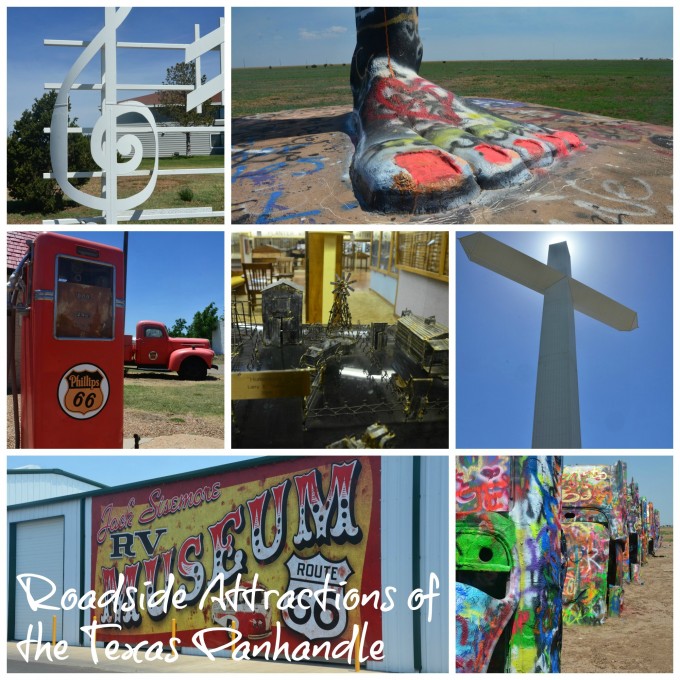
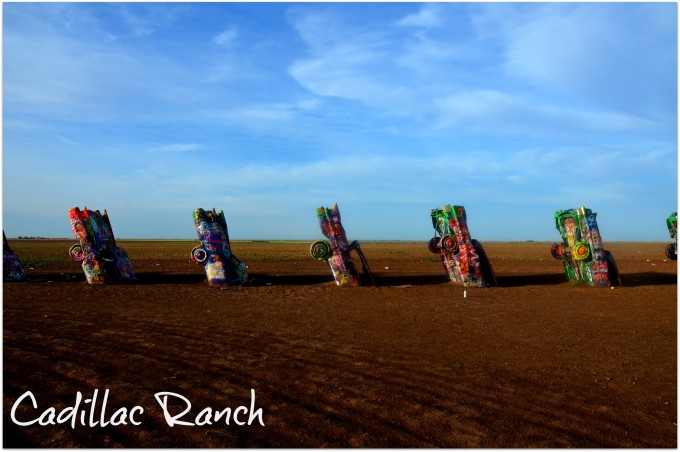
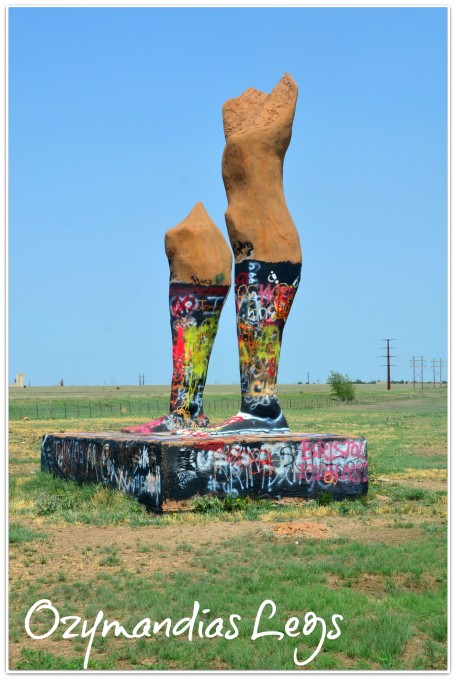
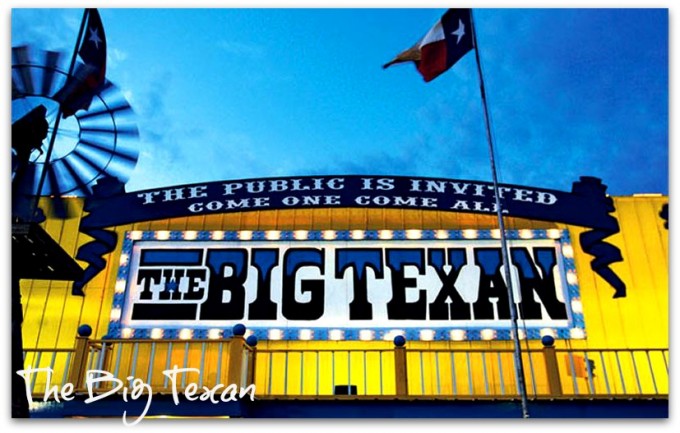
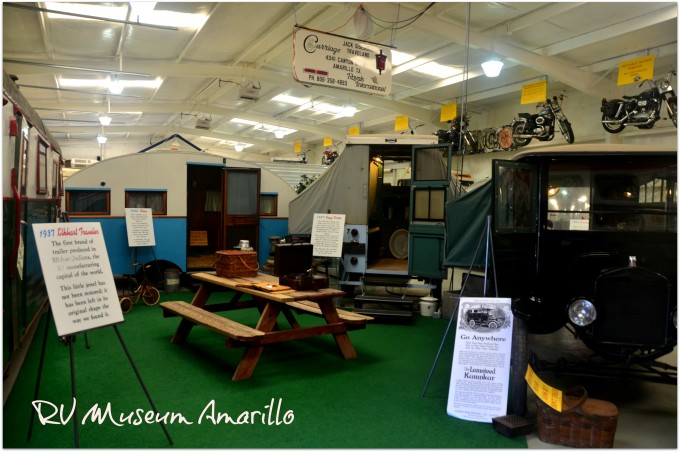
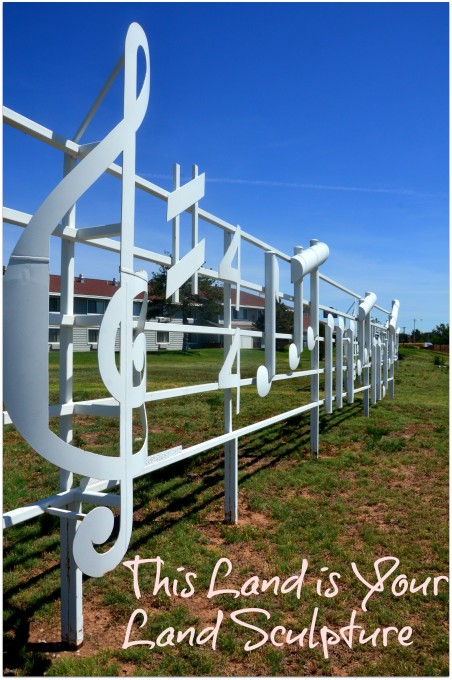
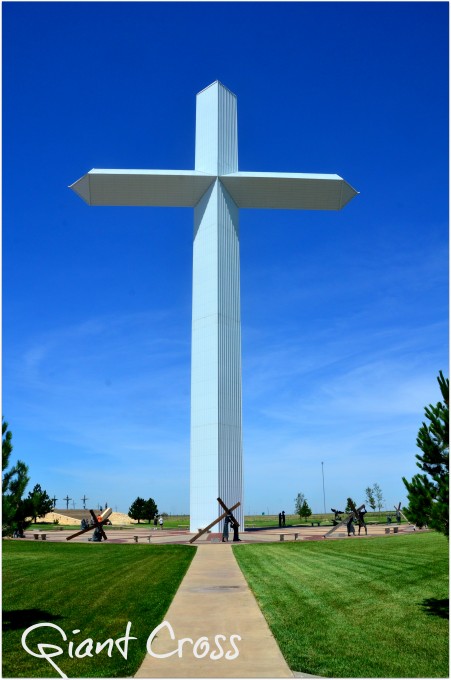
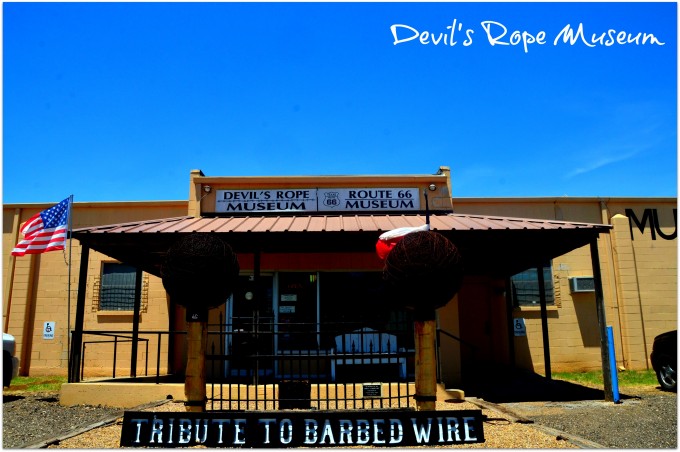
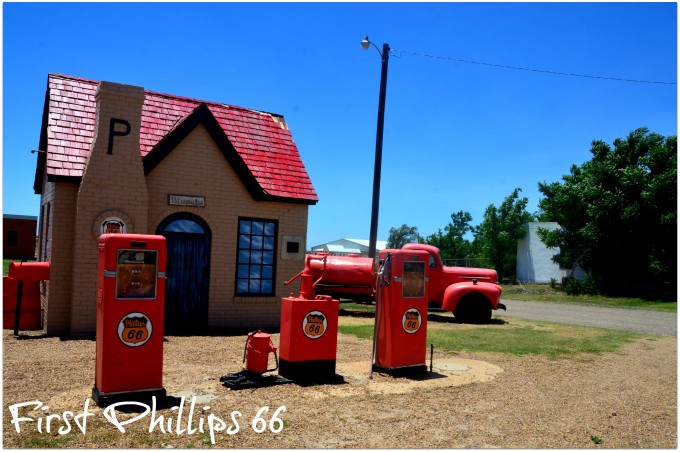
I have heard Cadillac Ranch is awesome. My brother-in-law has been.
What a great roundup of Panhandle activities you have here!
Ok – I might actually enjoy that road trip. Don't know the historical use for my kids on this one, but sometimes it is just fun to see what people do. Even up there in the Panhandle.
Great mini view into authentic Americana!
Oh my gosh, I got goosebumps looking at the Phillips 66 station. I'm sure I saw that when we went through there during the 60s (yep — the 1960s) when I was a kid. I'd also like to see the RV museum — that would probably conjure up some memories, too.
Great Post! I lived in the Texas Panhandle my whole childhood (Pampa) and did not know about the RV Museum behind Jack Sisemore’s. Super cool! Also, after the Breaking Bad episode of the same name, I have more respect for the Ozymandias Legs! haha.
Awesome post Jess!! I can’t wait to get over to Cadillac Ranch!
Megan @ Mapping Megan recently posted…Three Travel Locations with Surprising Secrets